Exclusion and Eviction: Humane Strategies for Bat Conflicts

Why Bat Exclusion and Eviction is Important?
Bats can cause a number of problems in homes, including:
- Damage to property: Bats can damage insulation by compressing it or tearing it apart to create roosting spaces. They may also gnaw on wires or other materials.
- Health hazards: Guano can harbor fungal spores, such as Histoplasma capsulatum, which can cause respiratory infections in humans.
- Nuisance:The scratching, squeaking, and fluttering sounds of bats can be disruptive and annoying, especially at night.
Having established the reasons behind the importance of bat control in specific situations, we can now turn our attention to the various strategies and techniques employed to manage bat populations responsibly and effectively.
Bat Exclusion: Protecting Your Property
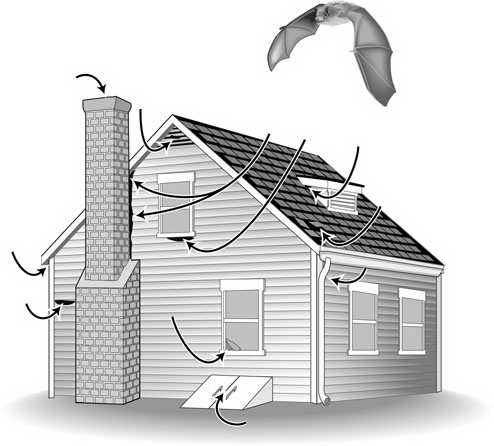
Effective bat exclusion involves a variety of techniques and materials tailored to the specific structure and the bats entry points.
We often utilize durable hardware cloth to create exclusion devices or to seal larger openings
Metal flashing is for creating smooth, impenetrable barriers over vulnerable areas like rooflines and eaves, preventing bats from gaining a foothold.
Expanding foam, while not a standalone solution, is excellent for filling smaller cracks and crevices, supplementing other methods to create a comprehensive seal.
Our approach prioritizes humane removal and long-term prevention, using these and other appropriate materials to ensure a bat-free environment.
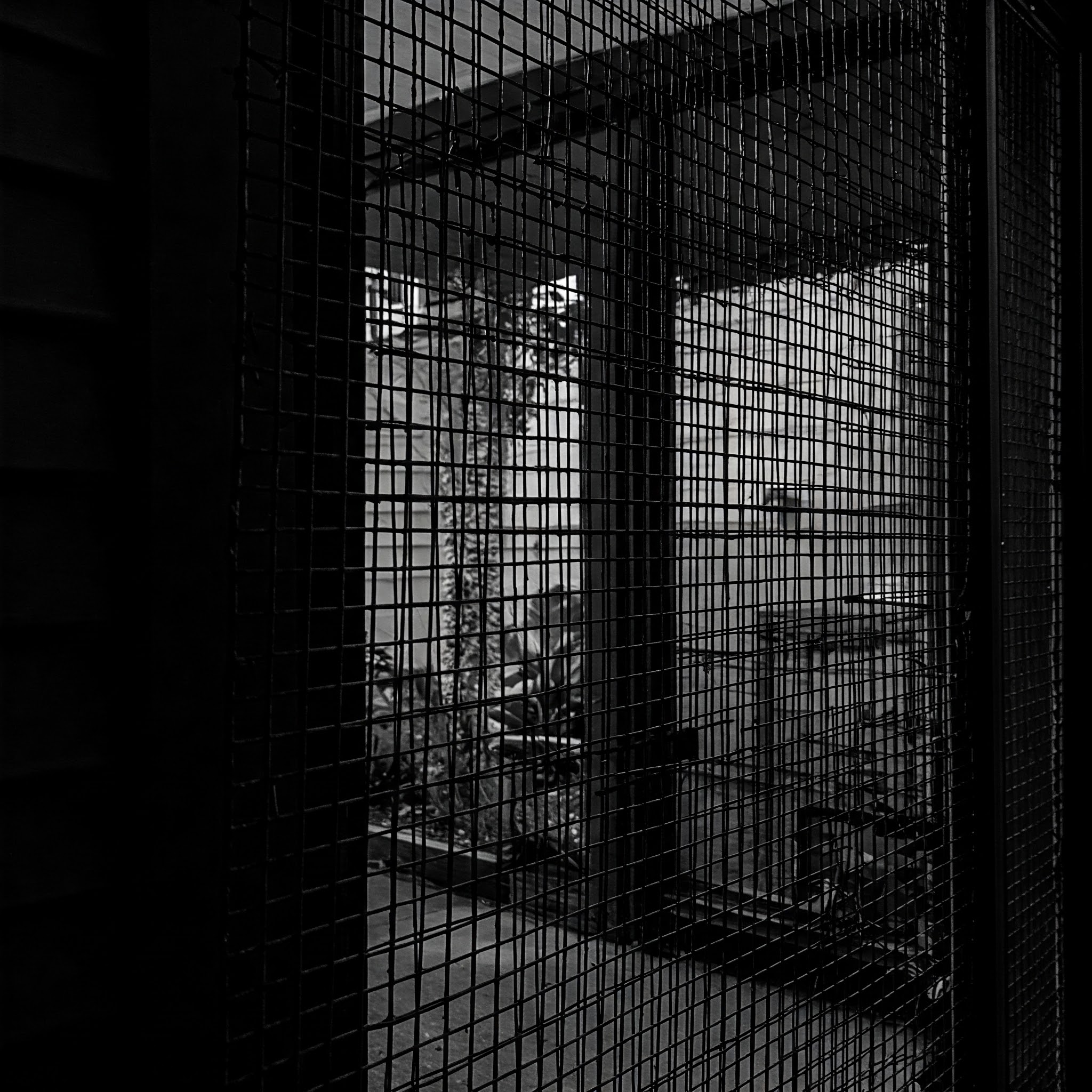
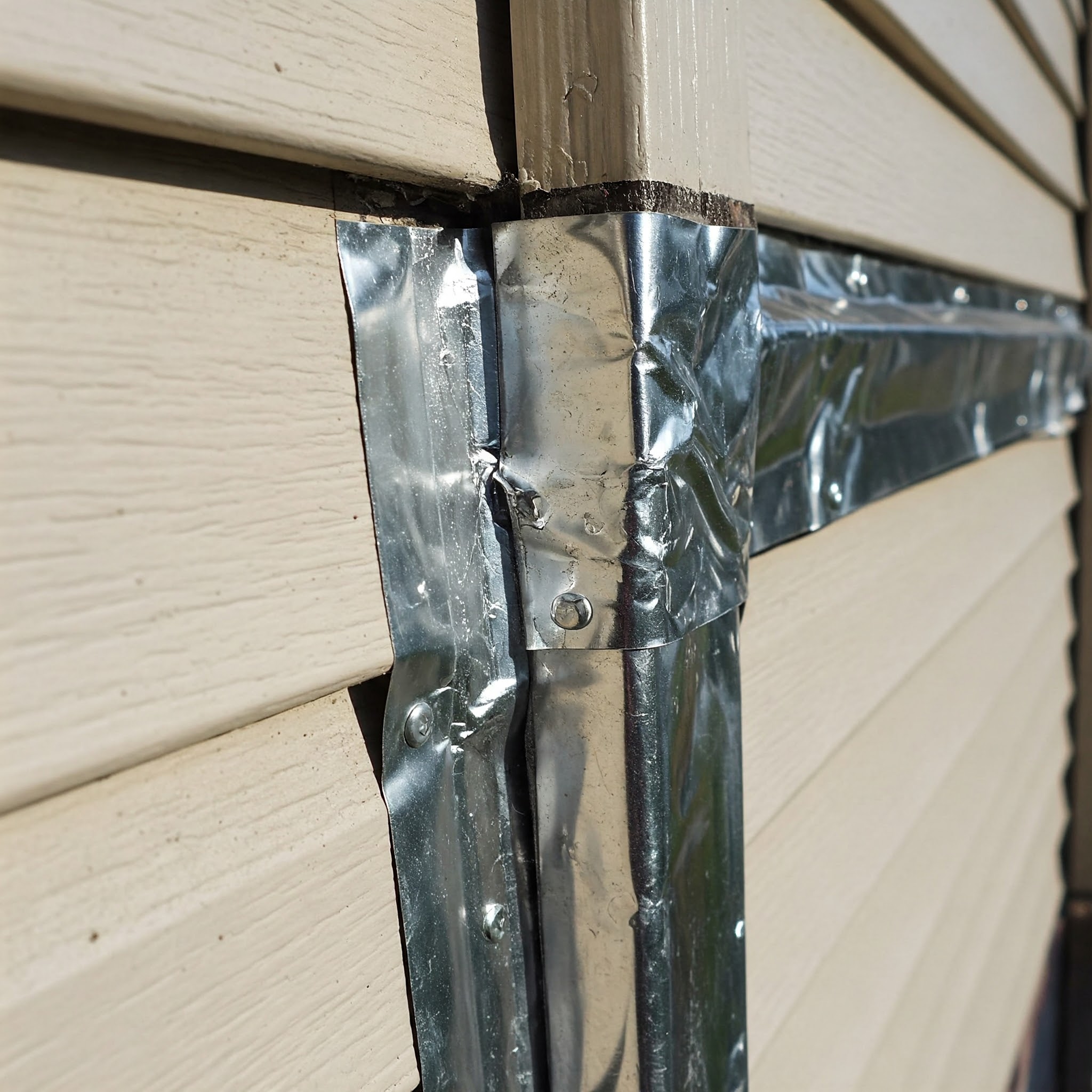

Comprehensive Bat Eviction Strategies: Ensuring Safe and Humane Removal from Residential and Commercial Structures
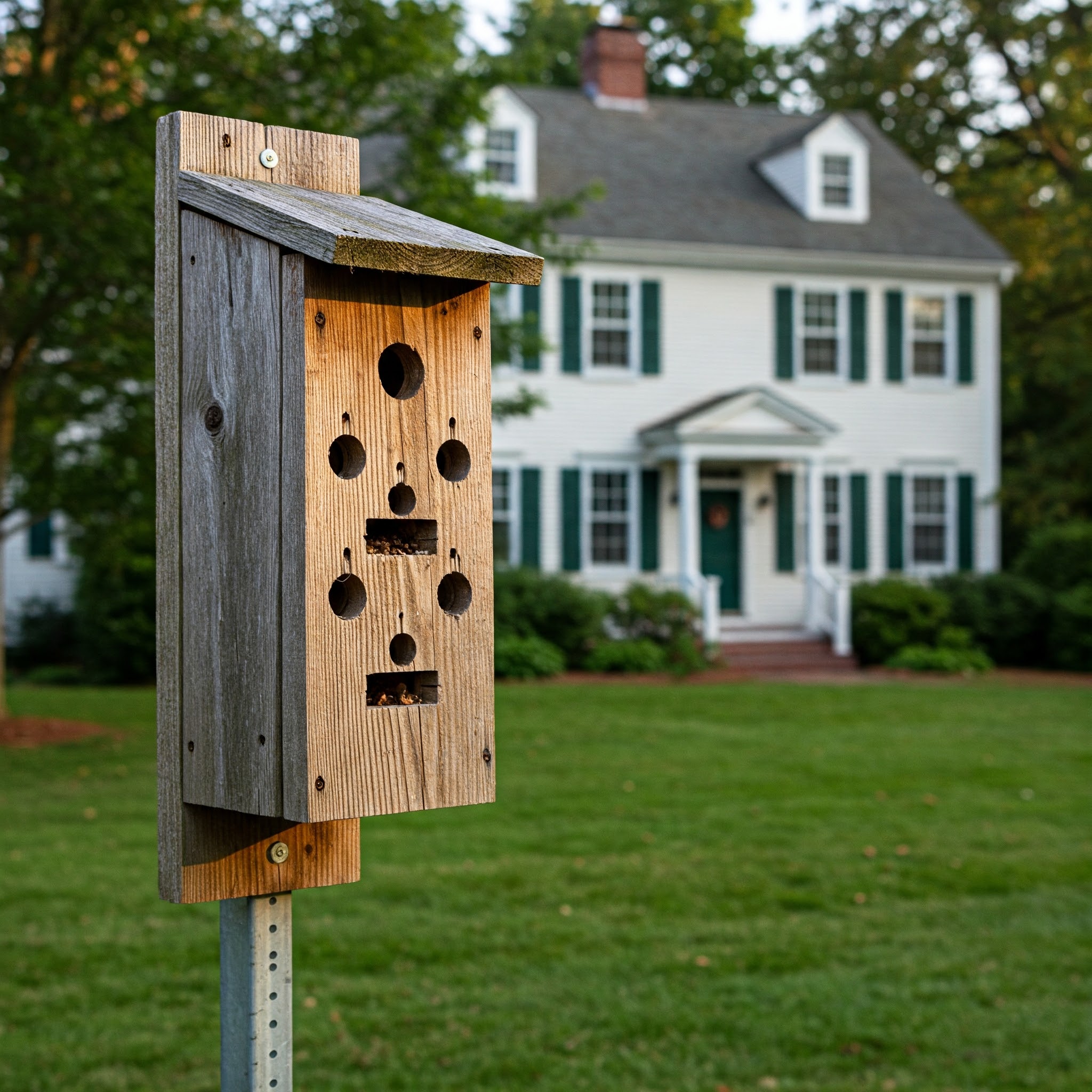
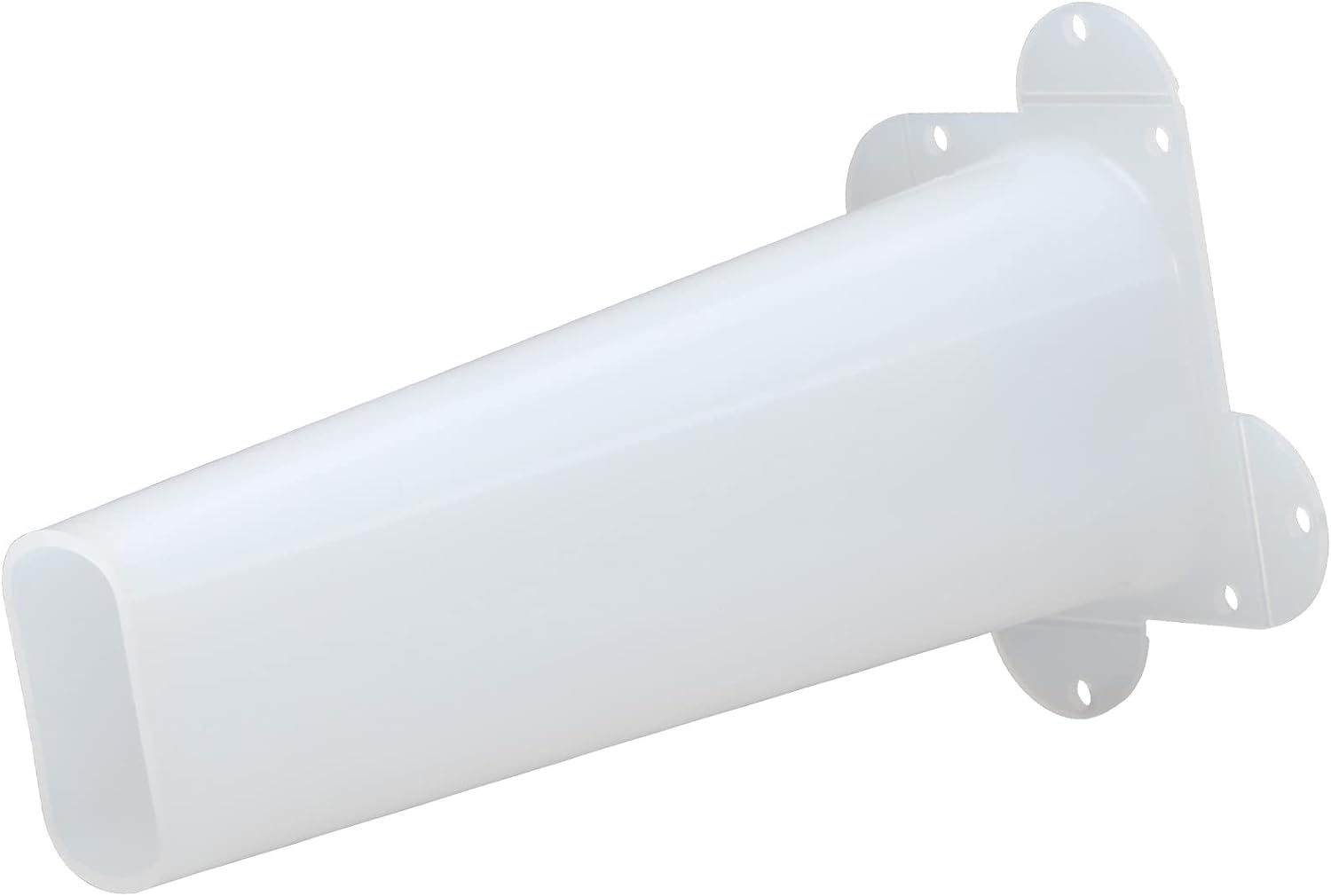
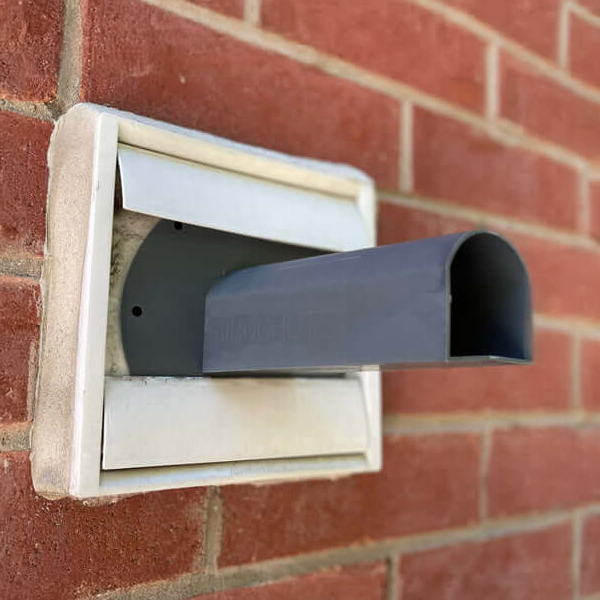
Bats in your attic or walls can be a serious concern. At Guaranteed Pest Solutions, we understand the importance of safe and effective bat removal. We provide humane bat eviction services that prioritize the well-being of both your family and the bats themselves.
Got Bats? Humane Eviction is Key!
When Bats find their way into our homes they can become a nuisance. If you suspect you have a bat infestation, it's important to be able to identify the signs. Here are some of the most common indicators
Droppings:
Bat droppings, also known as guano, are small, dark pellets that can be found in attics, chimneys, and other areas where bats roost. Guano can accumulate over time, creating a musty odor and potentially attracting other pests.
Staining:
Bats often leave behind stains on walls and ceilings from their urine and droppings. These stains can be dark and discolored, and they may also be accompanied by a musty odor.
Noises:
Bats are nocturnal animals, so you may hear them flying around or squeaking at night. You may also hear scratching sounds as they move around in their roosting areas.
Visual sightings:
If you see bats flying around your home or property, it's a clear sign that you have an infestation.
